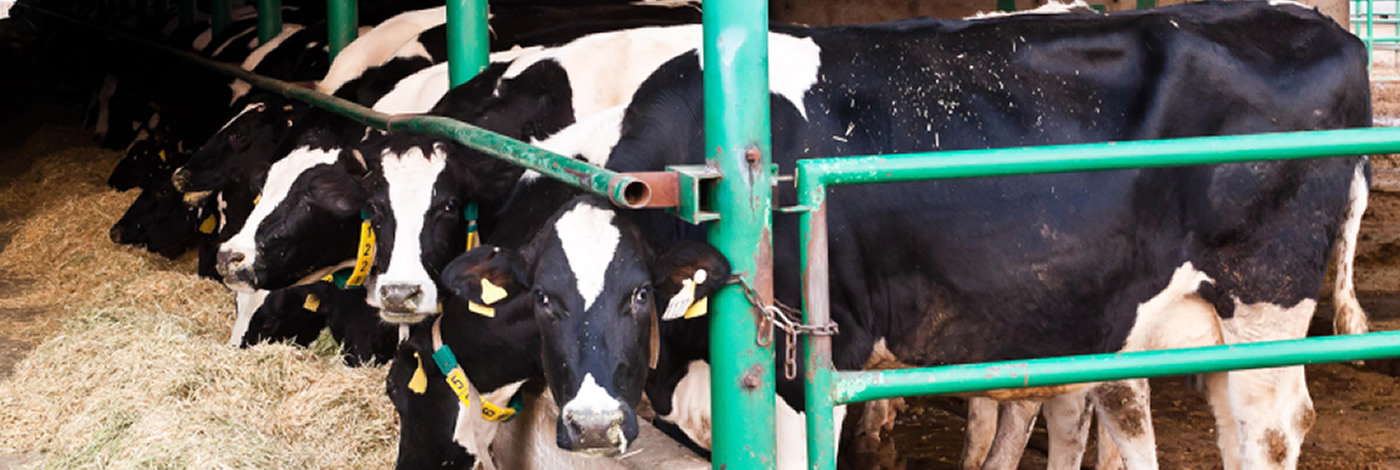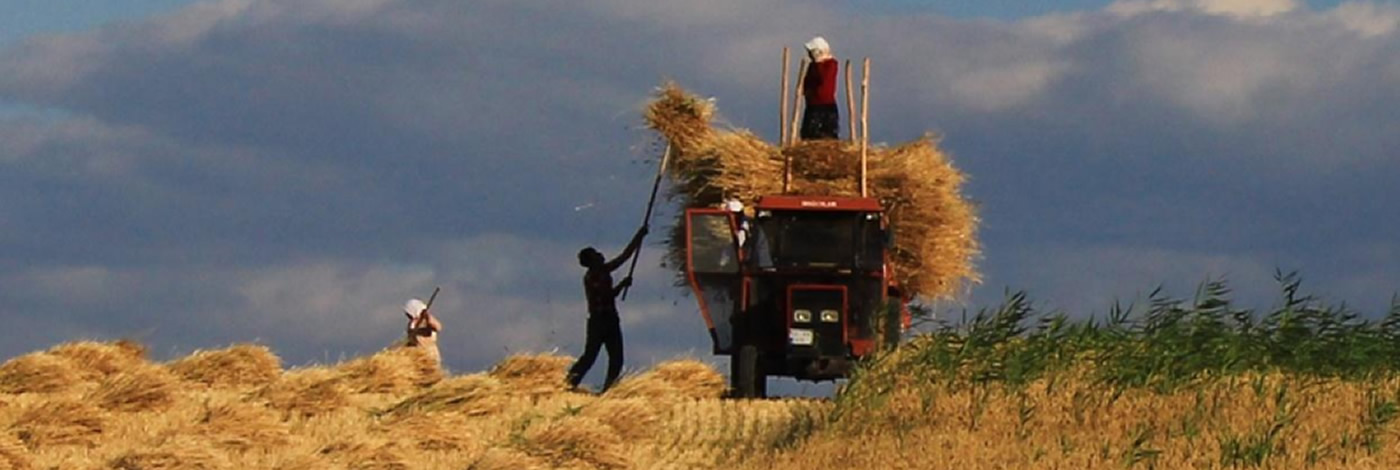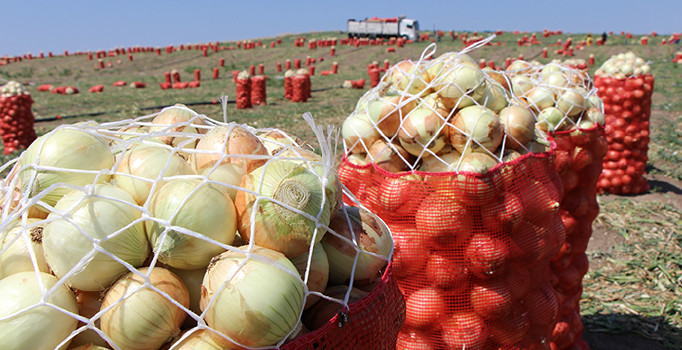Amasya is one of the provinces with high agricultural potential in terms of land existence and variety of crops.
The total surface area is 570.100 hectares. This area consists of 254,960 hectare of agricultural land, which corresponds to approximately 45%.
It is thought that Amasya can realize its socioeconomic development by providing capital accumulation with tourism and integrated agriculture. Especially the effective functioning of the Besi OSB has been the driving force for the province to develop.
Amasya's trade activities are intensified in agricultural products. Products such as sugar beet, dried onion, chickpea, lentil, beans, sugar, sunflower oil, milk and dairy products, eggs, animal feed, flour, citrus fruits are the most important products that are subject to trade.


In recent years, Amasya has recorded an important step in becoming a brand in cherry production. Among the very early Amasya species dalbasti, Izmir karas, median varieties of crows heart, napoleon, turko, late varieties of Isparta, Van, bing, lambert, sweetheart, lapins, regina and world markets "Turkish Kirazi" as sold for 0900 Agricultural species is grown as.
In addition to the agricultural supports, the Special Provincial Administration and SYDV resources contribute significantly to the development of agriculture in the province, in addition to the grant support of the Agricultural and Rural Development Support Agency.
The Advantages of Agriculture and Livestock Sector in Amasya
• Future projection with the Il, Agriculture and Rural Development Strategy Plan,
• Turkey leader in the production of onion, cherry ihracatlik to be one of the most important production centers,
• Variety of endemic plant species,
• Increasing land assets receiving irrigation services with large irrigation projects,
• The suitable area for organic farming and the potential for under cover cultivation,
• Agricultural industry potential,
• Suitable climate and topography for agriculture and animal husbandry
• Increased export of cherry production with the continued production of world-famous Amasya Misket Elmasi and Çiçek Bamyasi


